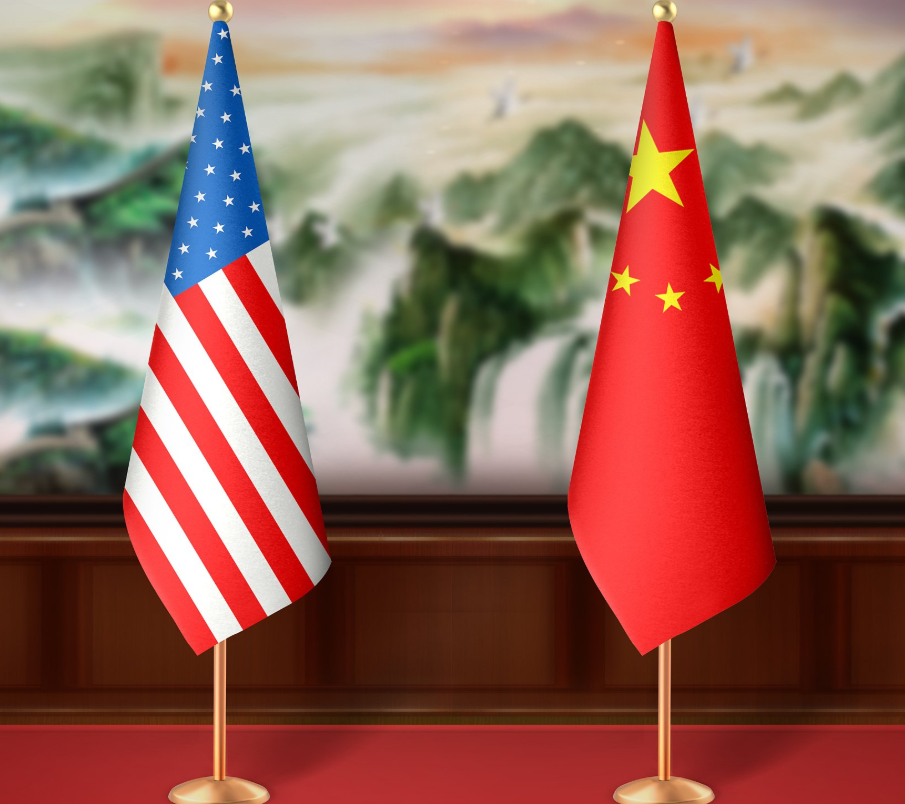Trade Truce:The ongoing trade tensions between the United States and China are once again making headlines, as both nations escalate measures that could potentially disrupt already fragile negotiations. Recent developments suggest that the so-called “trade truce” may be on shaky ground, with neither side showing clear signs of de-escalation.
Trade Truce Under Threat
In Beijing, the sentiment is one of growing concern. According to CNBC, there is a palpable sense that the trade truce could collapse. The United States, under the Trump administration, has taken several aggressive steps, including the restriction of chip design software sales to China and a halt in exports to the Chinese aerospace company COMAC. Additionally, the U.S. announced plans to revoke student visas for Chinese nationals—moves that have prompted strong backlash from Beijing.
On the Chinese side, cooperation appears limited. The government has yet to lift export controls on rare earth elements—materials critical to many U.S. industries. In a statement made at the Geneva forum, China defended these controls as international common practice. Furthermore, Beijing is threatening legal action against those who comply with the U.S.’s new chip restrictions, labeling such measures as “bullying.”
This tit-for-tat behavior isn’t limited to economic tools. China has lodged formal protests regarding the visa revocation and appears to be deploying a broader diplomatic strategy that includes bringing seemingly unrelated issues into trade talks to gain leverage. A growing point of concern is also the legal uncertainty surrounding President Trump’s ability to enforce tariffs, which could impact the U.S. negotiating position.
Public sentiment within China is another piece of the puzzle. Social media reactions have shown a strong nationalistic tone, shaped largely by the controlled media environment. President Trump has even earned sarcastic nicknames like “Comrade Nation Builder,” highlighting a narrative that his policies inadvertently strengthen China’s resolve. Memes depicting Americans working on iPhone assembly lines also reflect a cultural backlash brewing among Chinese netizens.
However, these nationalistic sentiments are tempered by economic realities. China’s economy is under stress, weighed down by a struggling property sector, rising financial insecurity, and a weak job market. These internal issues are making citizens increasingly wary of a prolonged trade war, despite outward shows of patriotism.
There’s also growing speculation about whether China might adopt more extreme retaliatory measures. So far, Beijing’s responses have been restrained—limited to formal protests and legal threats. But as Eunice Yoon notes, China has a toolkit of softer but effective tactics, such as detaining foreign executives, ramping up factory inspections, or introducing regulatory hurdles for U.S. businesses operating in China. Some of these methods have already been used on a small scale, though not yet in a sweeping or systemic manner.
Interestingly, while imposing counter-tariffs remains an option, it’s likely that China may avoid measures that would further harm its own economy. Instead, the government could pursue less damaging but more targeted responses, maintaining pressure on U.S. interests without deepening domestic pain.
As both nations dig into their positions, the uncertainty around trade relations—and the broader economic impact—continues to grow. Investors, companies, and consumers alike are left watching closely, as geopolitical maneuvering adds new layers of complexity to an already tense global environment.

